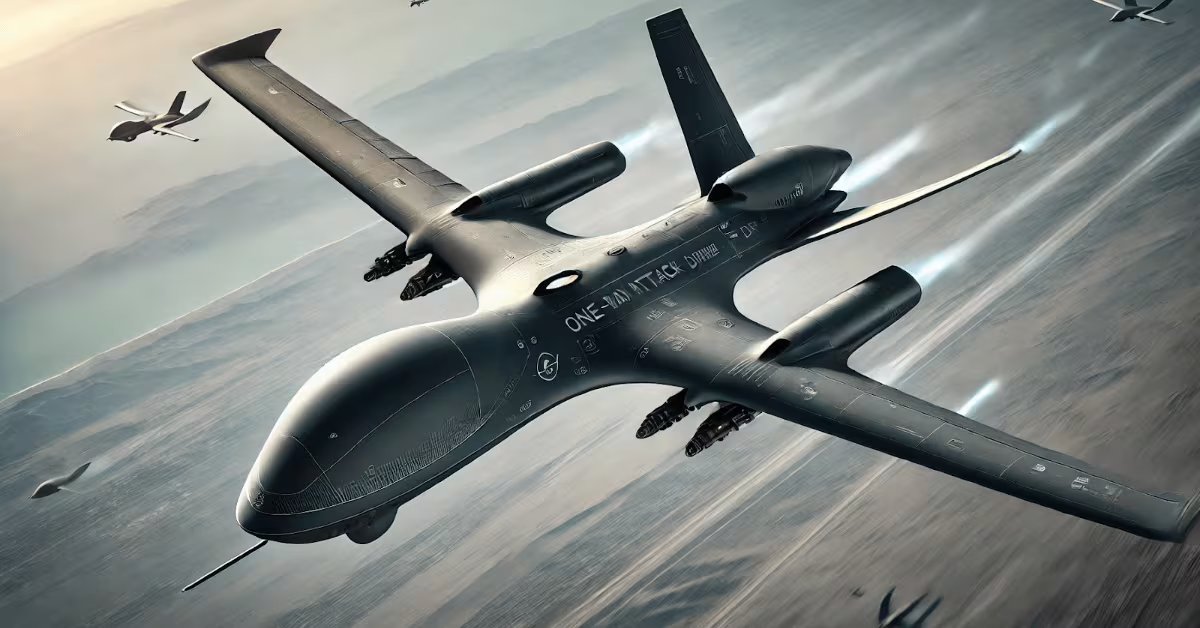Soldiers in the Army Reserve must maintain readiness while balancing their civilian lives, and the command is working on ways to keep that balance.
Lt. Gen. Charles Luckey, chief of the Army Reserve and commanding general of Army Reserve Command, said one of his priorities is short-term readiness, where soldiers can deploy in less time than in the past.
The effort is called Ready Force X, and the command has been identifying types of units and capabilities that are relevant to it.
“Readiness is job one, so making sure that we have units of action that are trained and equipped and able to, on fairly short notice, meet the war fighter’s requirements at any number of theaters of operation,” he said.
Another priority, Luckey said, is having support from Reserve soldiers’ civilian employers.
“I also have to make sure I’m giving employers a very, very high level of confidence that they are doing the right thing by sharing their employees with us as soldiers,” he said. “[One of our challenges] is to make sure that we are ready enough to be relevant, but not so ready that our soldiers can’t keep meaningful, satisfying civilian employment.”
Luckey discussed the command’s priorities and updates with Army Times.
Q. Is there an update on Ready Force X?
A. The number of formations that are in that force has actually gone up since we last talked about it [in December]. There are more capabilities that we have identified that need to be potentially ready sooner than we had identified four months ago. Some of these things need to be potentially available to the war- fighter more quickly than we anticipated.
Q. What are some potential challenges?
A. The biggest challenge … is the manning of certain formations. People have moved out. They have left. They have relocated to other parts of the country for personal or economic reasons, and the reality is that America’s Army Reserve recruits and retains our soldiers where they live. So, we don’t have the luxury of directing people to move from this state to that state. We have to find and assess talent where it is.
Q. Are there any upcoming initiatives or programs soldiers can expect to see in the next year?
A. We are combining some of the capabilities of two of our training commands that both have collective training responsibilities.
We have 84th Training Command headquartered in Fort Knox, Kentucky, and the 75th Training Command headquartered in Houston, Texas.
[The 84th] was doing much of the live, on the ground, collective training of soldiers and formations.
The other was doing a lot of really important work with mission command, military decision-making process, basically exercising, testing and evaluating and increasing the readiness of senior headquarters to conduct fairly complex theater-wide operations.
So we are looking at merging those two sets of responsibilities and capabilities into one integrated training command to oversee all aspects of collective training.
Q. Is there a timeline for combining the two training commands?
A. I want to see how this thing progresses. I want to make sure it is disciplined, that it is measured, and that I’m personally involved in critical decision points about when does this function transition from here to there. ... What’s not going to happen is I am not going to move people, I am not going to move a unit from location X to location Y.
This is about changing functions and command and control architectures, not about moving units.
Charlsy is a Reporter and Engagement Manager for Military Times. Email her at cpanzino@militarytimes.com.








